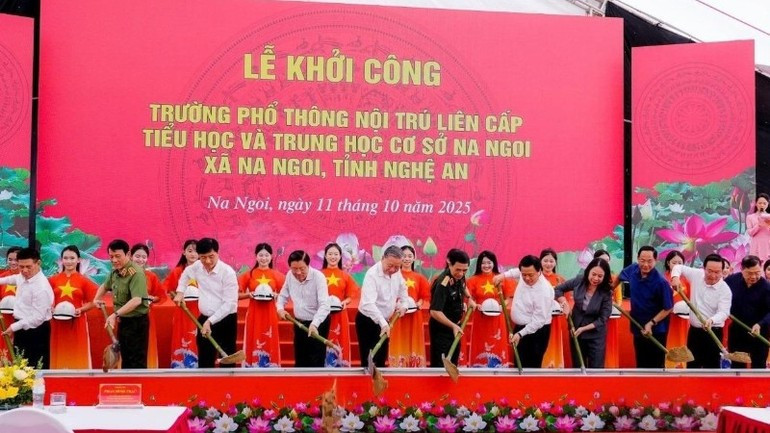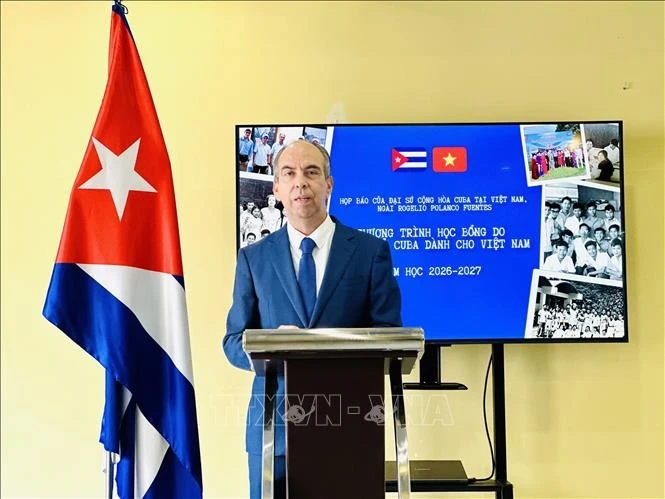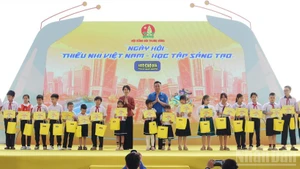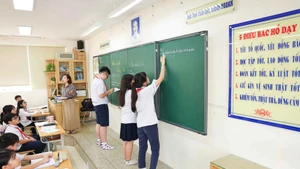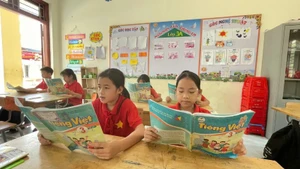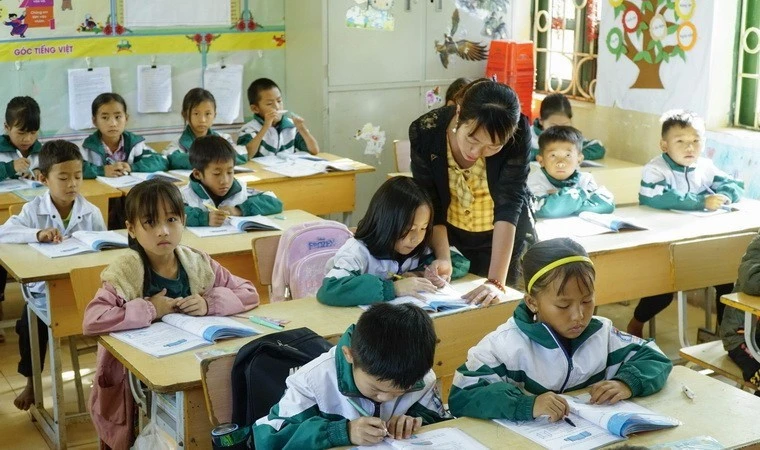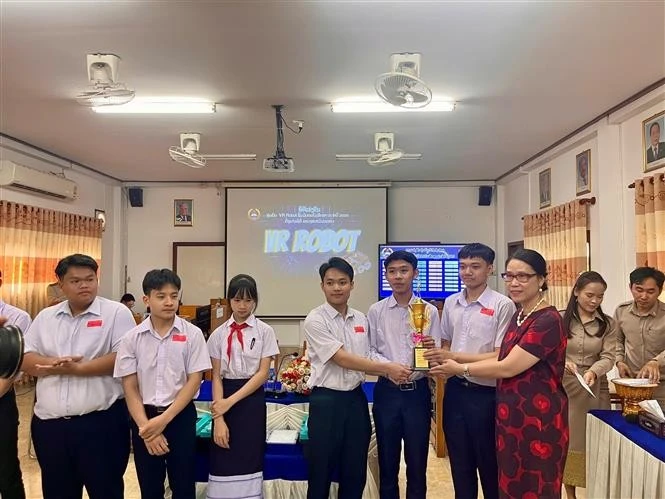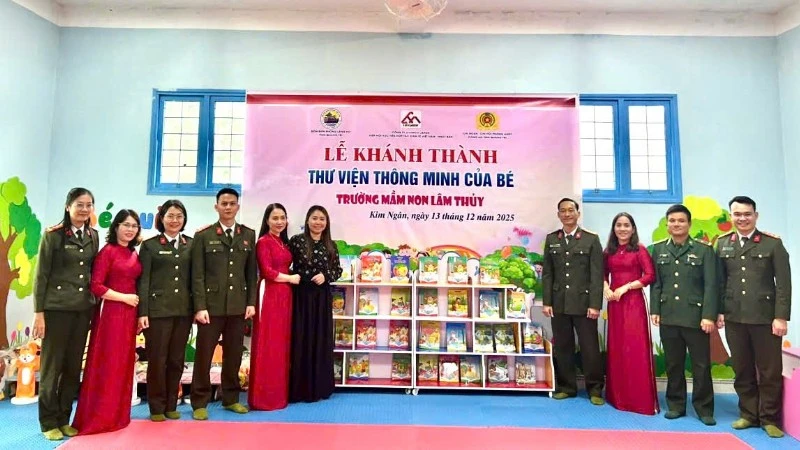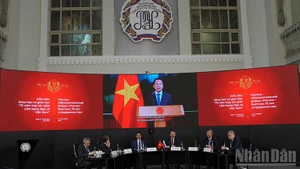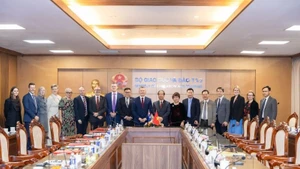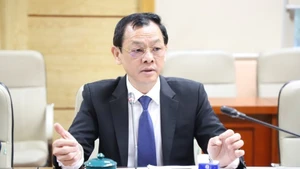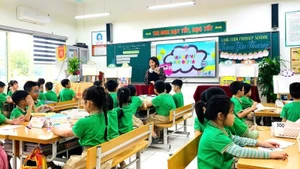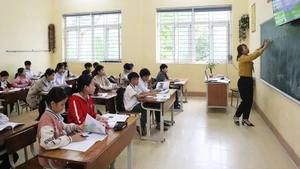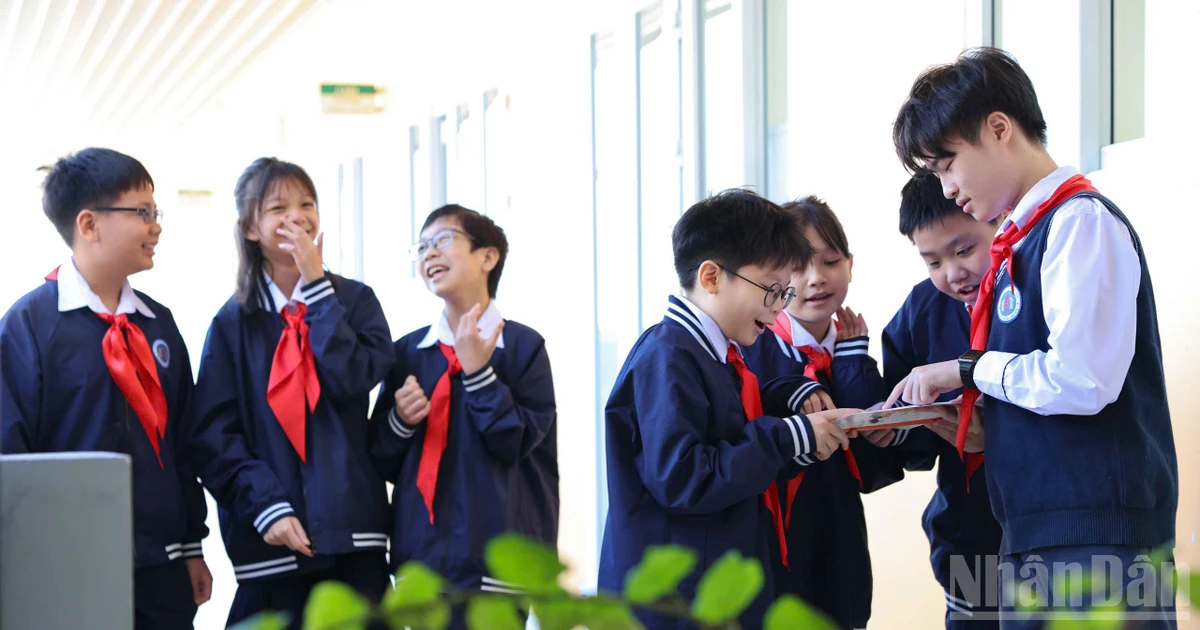The event also saw the presence of Politburo members Phan Dinh Trac, Secretary of the Party Central Committee and Head of the Party Central Committee’s Commission for Internal Affairs; Nguyen Duy Ngoc, Secretary of the Party Central Committee and Chairman of the Party Central Committee’s Inspection Commission; Nguyen Xuan Thang, Chairman of the Central Theoretical Council and President of the Ho Chi Minh National Academy of Politics; General Phan Van Giang, Minister of National Defence; and General Luong Tam Quang, Minister of Public Security.
Na Ngoi, a border commune adjoining Laos, covers over 341 sq km and has a population of 9,500, more than 98% of whom belong to ethnic minority groups such as H’Mong, Thai, and Kho Mu. Located around 250 km from the centre of Nghe An, it is one of Nghe An’s most disadvantaged yet strategically significant areas.
The new boarding school will cover 5.5 hectares, with an investment of nearly 240 billion VND (9.1 million USD) sourced from both State and social contributions. It will include 49 classrooms, functional rooms, dormitories, a canteen, recreation and production areas, and other facilities.
The project is part of a broader policy approved by the Politburo to build 248 multi-level boarding schools in Viet Nam’s border communes.
The project will not only enable more than 1,900 border-area students to study but also help preserve cultural identity, nurture future local cadres, and strengthen national defence and security in the border region.
Speaking at the ceremony, General Secretary To Lam emphasised that education remains a top national priority and a crucial driver of sustainable development. He stressed that despite numerous challenges, the Party and State have paid special attention to border regions where educational infrastructure remains limited.
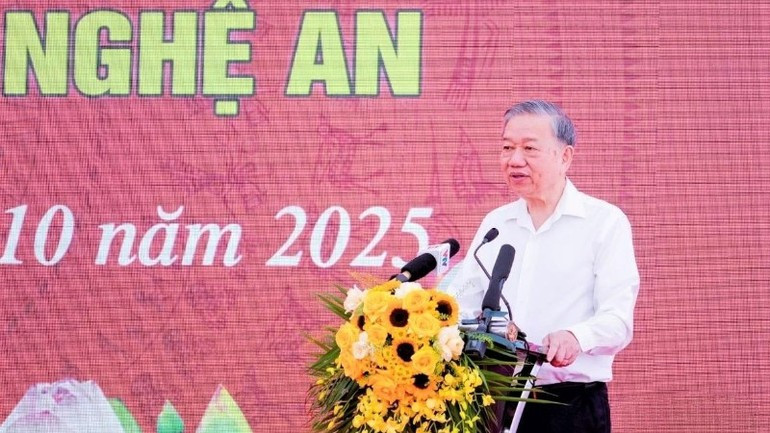
The establishment of 248 boarding schools, he said, is a humane and far-sighted policy that both improves access to education and strengthens national sovereignty by nurturing generations closely tied to their homeland.
The General Secretary urged Nghe An authorities to treat the project as a key political task, ensuring land clearance, infrastructure readiness, and timely disbursement of funds.
With collective determination and care from teachers in remote areas, he expressed confidence that the 248 planned schools would provide every child in border regions with the opportunity to learn and thrive.
On this occasion, the Party chief presented the school with a framed photo of President Ho Chi Minh placing a red scarf on a student, an enduring symbol of the Party’s care for young generations and distributed gifts to local pupils and families in need.
